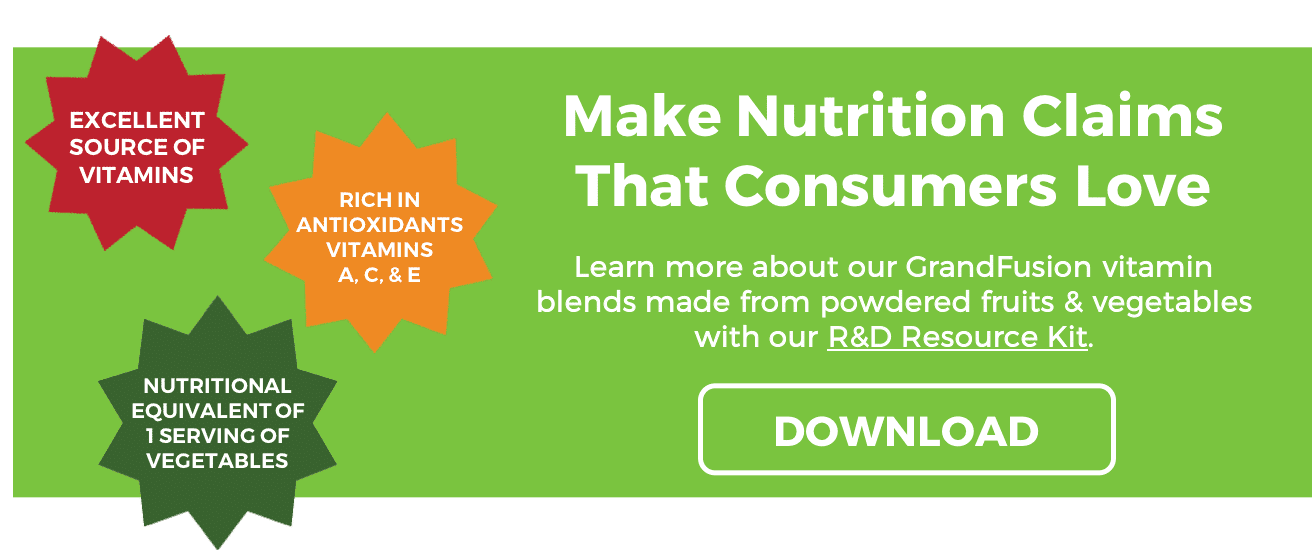Generation Z Prefers Snacking Than Eating Full Meals
In this fast-paced society, many people prefer snacking over eating a sit-down meal because they don’t have enough time. This is the reason why many people opt to grab something quick for breakfast because convenience is critical. Generation Z is a driving force in this switch to convenient snacking from traditional sit-down meals.
The Benefits of Snacking
As such, many consumers are looking for ways to curb their hunger and satisfy their appetites. Snacking is a cheaper, faster, and more viable option than eating full meals. Today, convenience is everything as time is a scarce commodity for most people. But this does not mean that people should forgo nutrition to save more time.
It is crucial to start the day by opting for healthy choices and eating smart. For example, people who want to save time can eat five smaller and separate snacks for lunch. By doing so, they can avoid waves of hunger thus increasing productivity levels. By snacking more often, it allows the stomach to digest food more smoothly, so you do not feel lethargic after consuming a big meal.
Food Manufacturers Are Supporting the Generation Z Snacking Trend
The increased propensity towards snacking among Generation Z is the reason why many food manufacturers are also developing nutrient-dense snacks that can be an excellent alternative to full meals. These include protein bars, protein powders, and other meal replacement products. The development of these food products has also coincided with increased activity levels of consumers. These food items are no longer just favorite among athletes but even students carry them in their backpack so that they can have their meals on the go.
Today, many snacks are made from a wide variety of nutritious ingredients and these include meats, dairy, grains, and fruits. Most food manufacturers are also making snacks that contain ingredients that are exotic and healthy to attract Generation Z consumers. Examples of popular snack items include granola and protein bars as they are kept for longer periods of time. Aside from convenience, people opt for snacks that also have longer shelf lives so that even if they leave them in the fridge or their bag, they are still edible after a day.
The Future of Snacking
Gone are the days when snacking is associated with eating something in between meals. There are so many benefits of snacking. Snacking is definitely replacing full sit-down meals. To support this trend, many food manufacturers are providing people with more better for you snacking options. To date, it is easy for people to find quality snacks that can fuel them throughout the day. With snacking having a big following among Generation Z, it is likely that we will see a lot of meal alternatives in the future. This is definitely a generation of practicality and efficiency.
Inspired by www.theshelbyreport.com



